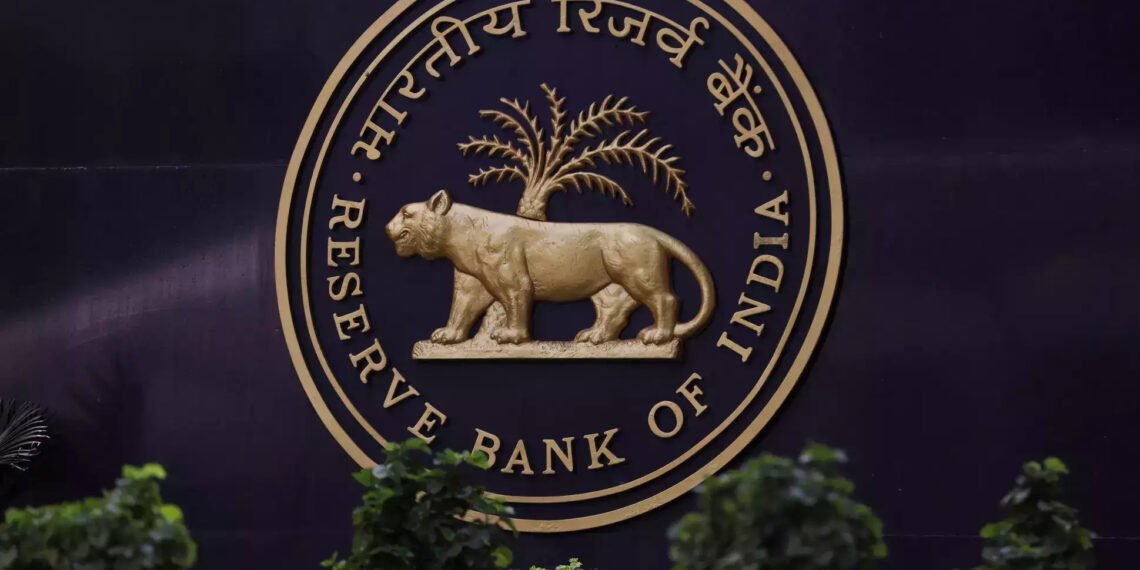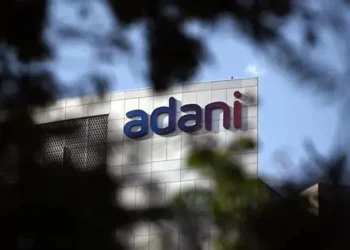The Reserve Bank of India (RBI) has issued draft guidelines suggesting the removal of foreclosure fees and prepayment penalties on floating rate loans.
The central bank is seeking public input on the proposed regulations by March 21, 2025. Upon completion, the updated regulations will apply to qualifying loans or advances that are foreclosed on or after the date indicated in the final circular.
The proposed guidelines apply to all Scheduled Commercial Banks (with the exception of Payments Banks), Local Area Banks, Co-operative Banks, Non-Banking Financial Companies (NBFCs), Housing Finance Companies (HFCs), and All India Financial Institutions (AIFIs).
According to the draft guidelines, no charges for foreclosure or prepayment will be imposed on floating rate loans taken by individuals, excluding business loans.
ALSO READ: Nargis Fakhri Marries Longtime Boyfriend Tony Beig In Los Angeles
Moreover, no fees on floating rate business loans provided to individuals and Micro and Small Enterprises (MSEs), except for Tier 1 and Tier 2 Urban Cooperative Banks (UCBs) and base layer Non-Banking Financial Companies (NBFCs).
The regulations are applicable regardless of the source of funding and whether the foreclosure or prepayment is complete or partial.
In different situations, fees will be established according to the policy approved by the Board of the specific regulated entities (REs).
The proposed modifications seek to offer increased flexibility and clarity for borrowers with variable rate loans, facilitating the repayment of their loans without facing significant penalties. The RBI’s decision is anticipated to improve the convenience of doing business for borrowers in this category.
FLOATING RATE LOANS?
Floating rate loans are loans in which the interest rate varies according to a benchmark or reference rate, like the RBI’s repo rate or the MCLR (Marginal Cost of Funds-based Lending Rate).
ALSO READ: Myanmar Junta Airstrikes Kill More Children, Civilians
In contrast to fixed-rate loans that have a steady interest rate for the entire loan period, floating rate loans fluctuate according to the RBI’s interest rate choices made during monetary policy assessments.
This implies that borrowers might gain from reduced interest rates when rates decrease but could experience increased payments if rates go up.
Currently, the RBI has begun reducing interest rates, having lowered the key repo rate by 25 basis points earlier this month.













